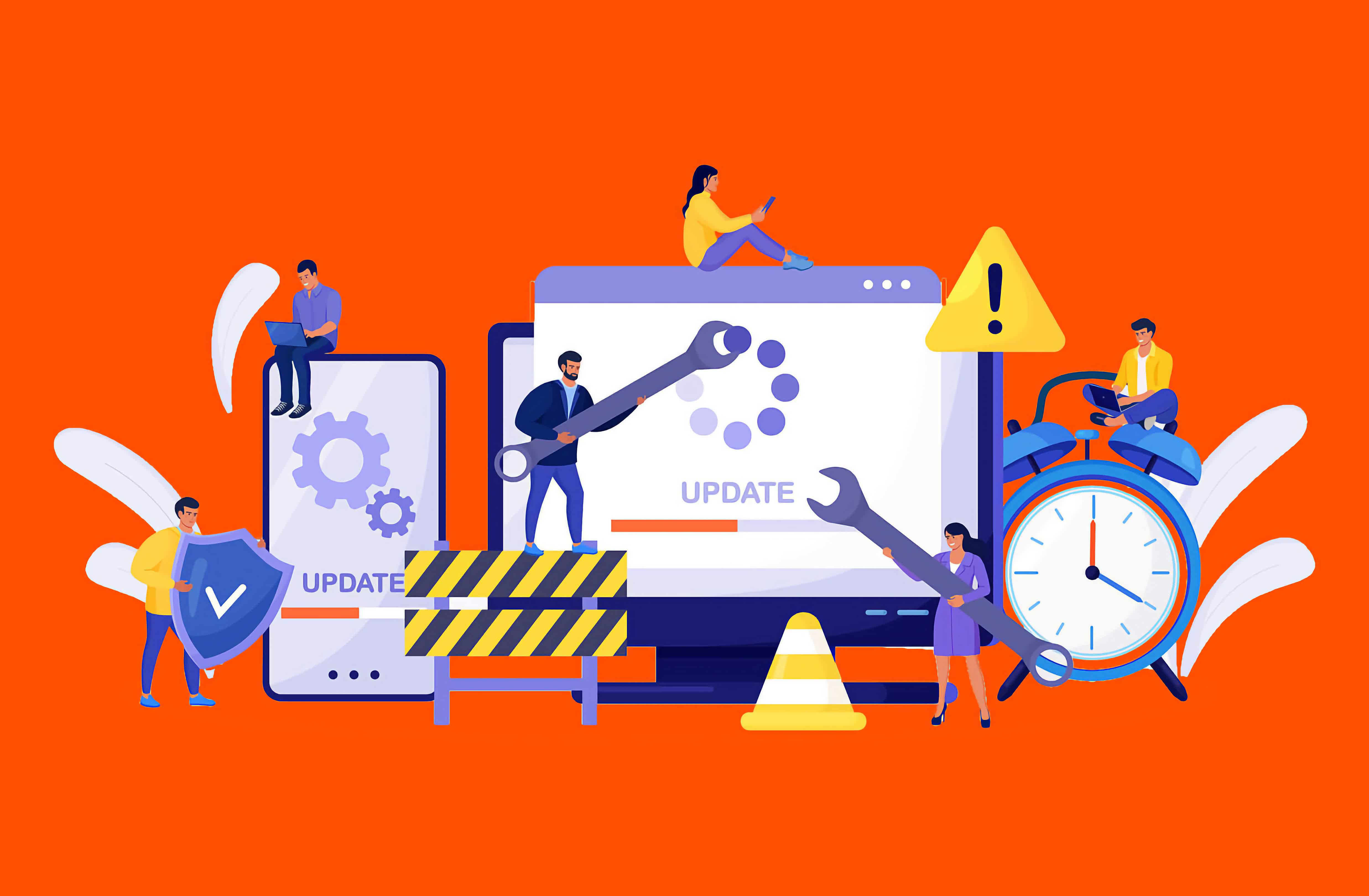您的当前位置:首页 > 青衣佳人 > Failover vs. Failback: Two Disaster Recovery Methods 正文
时间:2025-06-15 08:02:26 来源:网络整理 编辑:青衣佳人
A key distinction in the realm of disaster recovery is the one between failover and failback. Both t 关键字2
A key distinction in the realm of disaster recovery is 关键字2the one between failover and failback. Both terms describe two sides of the same coin, complementary processes that are often brought together.
However, their effects and purposes couldn't be more different. Both play critical roles in ensuring business continuity and disaster recovery, making it essential to understand what they are and how they differ.
Failover is a business continuity operation that ensures continued access to a system by fully transitioning to another instance of that system. This secondary system is designed to be resilient, ideally unaffected by the event that compromised the primary system.

Put simply, failover occurs when connectivity is switched from one system instance to another. This can happen in various ways, including:
Editor's Note:
This guest blog post was written by the staff at Pure Storage, an US-based publicly traded tech company dedicated to enterprise all-flash data storage solutions. Pure Storage keeps a very active blog, this is one of their "Purely Educational" posts that we are reprinting here with their permission.
The critical point about failover is that it involves a complete migration of logical or physical access from the primary system, server, or hosting location to a secondary one.
While other processes, such as load balancing, may distribute partial connectivity between system instances or components, they do not qualify as failover because they do not represent a full cutover.
Failback is the quintessential disaster recovery operation. It involves a full migration back to the production status quo – a recovery if you will – at the validated conclusion of a disaster.

Failback occurs when a system reverts back to the primary environment after the root cause of a disruption has been addressed. In practice, this looks like a failover, but in reverse. Once the primary system is restored, access is pointed to that system, and the standby is deactivated.
This reversion is a critical distinction. Some organizations may have complete standby systems for critical applications, which permit full operations on the standby system. In that case, the standby can rightfully be considered the primary and the repaired former primary the new standby.
Failover is critical in a business continuity event because it keeps operations running. By having a system to which your business can transition when a primary system is unavailable, you're able to continue doing business. People can work, revenue streams are preserved, and customers can be served.
Without failover, these functions could grind to a halt, leading to significant disruption. Many organizations depend on technology for critical processes, and when those processes are unavailable, analog alternatives may be insufficient or entirely obsolete. Failover ensures that even in a disaster, the business keeps moving.

Failback comes into play once the need for failover ends. As the disaster is resolved, failback allows the organization to return to normal operations. Typically, failback is necessary when the standby system cannot sustain operations as effectively as the primary system. For instance, a standby system may not be a full replica of the primary system and might be designed only for temporary use during an emergency.
For mission-critical systems, some organizations may build a standby system that is a full replica of the primary. While costly, this approach mitigates the risks of diminished functionality during disasters.
In an ideal world, every business would maintain two fully operational environments: a primary environment and an identical standby environment. This setup would allow for seamless transitions during disasters, ensuring that business operations are completely unaffected.
However, that model can effectively double an IT budget: two sets of endpoints, two sets of servers, two sets of cloud environments, two sets of data, staff to support that both in IT and business operations, etc. It's costly and inefficient for any company, to the point where no company truly maintains that support model.

Instead, most organizations opt for a failover and failback model because it balances cost and efficiency. With this approach, the standby environment is designed to sustain critical operations during a disaster, even if it's not as robust as the primary system. This makes it more economical, less work is duplicated, and the risk of data loss or impact is lower.
It's crucial to maintain a well-designed secondary environment. Cutting costs too deeply on a standby system can result in inefficiencies or financial losses if critical operations are disrupted. Striking the right balance between cost and functionality is key.
If uninterrupted business operations are essential, then a strategic failover and failback plan is not optional – it's a necessity.
Yamaha NVX thế hệ mới bất ngờ xuất hiện tại Việt Nam2025-06-15 07:37
老祖别苟了,宇宙要没了2025-06-15 07:22
戍边三年,我收到了女儿的求救短信!2025-06-15 06:59
绑定软饭系统,每天让女神花钱2025-06-15 06:42
《狂野星球复仇记》玩家数量破百万 主创谈订阅制服务与未来计划2025-06-15 06:42
玄学娇妻人美心狠王爷一宠到底陆昭菱周时阅2025-06-15 06:04
长生仙缘:从享受完美人生开始2025-06-15 05:59
我在修仙界开发新技术2025-06-15 05:55
Prison Architect: One of 2013's Most Interesting PC Games2025-06-15 05:41
老祖别苟了,宇宙要没了2025-06-15 05:36
H.E.R.O.全地图怎么过2025-06-15 07:46
长生仙缘:从享受完美人生开始2025-06-15 07:40
污蔑女儿偷窃,我酒剑仙一剑开天2025-06-15 07:37
合欢宗,从教训干侄女开始长生2025-06-15 07:35
2021青马·马术夏令营第12日全记录:我们毕业啦!2025-06-15 07:24
绑定软饭系统,每天让女神花钱2025-06-15 06:52
末世:收女仆,从高傲邻妻开始2025-06-15 06:34
凡人:开局夺舍墨居仁2025-06-15 06:31
华宇马业与马主董恩喜共有赛马“步步为营”澳洲勇夺第三冠2025-06-15 06:29
骗师尊双修后,我带宗门走向无敌2025-06-15 05:44